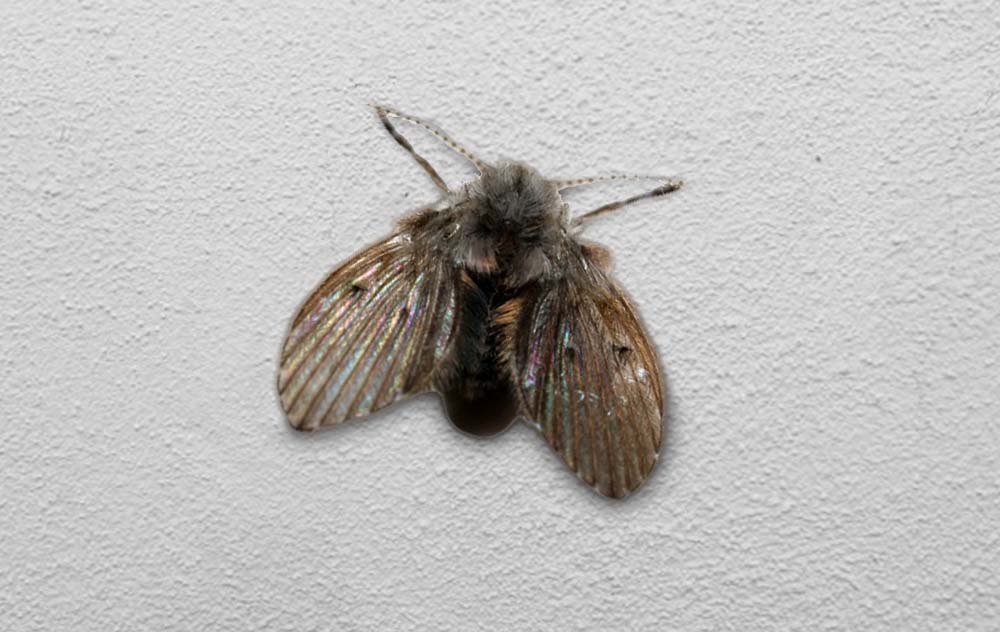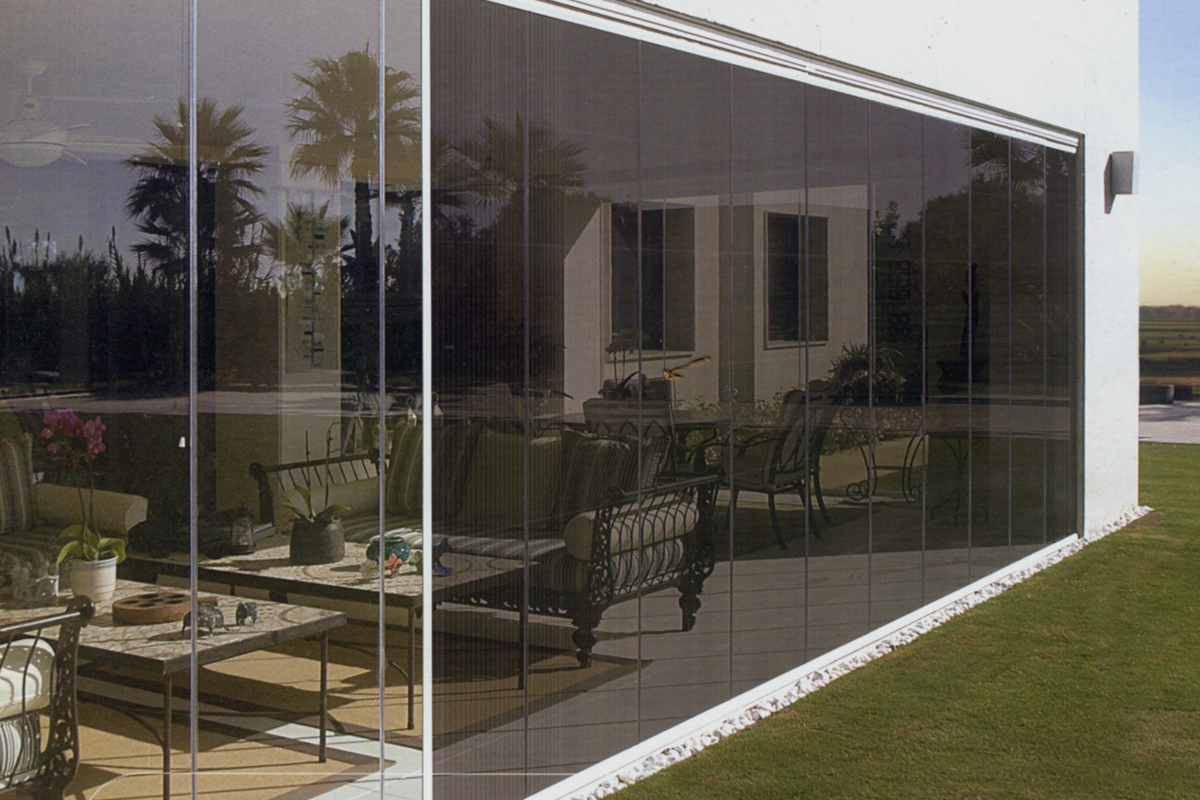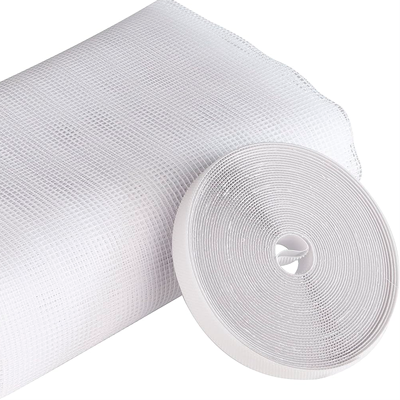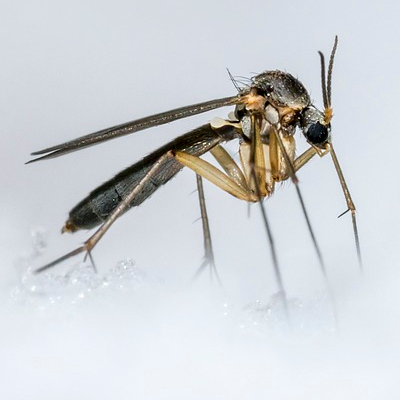Eliminate the Moisture Fly: Prevention and Solutions
In the vast and amazing realm of insects, there is a small insect in the form of small flies in the house, often overlooked and it is the moisture flywhich can cause discomfort and disease in your home. Here, we will venture into the world of the damp fly, exploring its life cycle, its role in the ecosystem and how to eliminate its presence in our spaces.

What is the wet fly?
Moisture fly, also known as the drain fly or sink fly, belongs to the family Psychodidae. These small creatures, barely perceptible to the naked eye, arouse curiosity for their behavior and their preferred habitat: humid environments.
We often wonder why these flies choose these places to settle and reproduce, and what role they play in the ecosystem.
The Life Cycle of the Moisture Fly
The life cycle of the damp fly begins with the laying of eggs in damp areas, such as drains and sinks. Small larvae emerge from these eggs and feed on decaying organic matter. As the larvae develop, they go through pupal stages and eventually become adults. This relatively short life cycle, which can last as little as a week, contributes to their rapid proliferation, challenging us to find effective ways to control their population.
The Ecosystem and the Moisture Fly
Although the damp fly may seem like an unwanted intruder in our homes, it plays a valuable role in the ecosystem. These small insects are a food source for other creatures, such as spiders, birds and even some species of bats. In addition, their larvae contribute to the decomposition process, recycling organic matter and maintaining the balance in certain habitats.
The Dilemma of its Presence in Our Spaces
Although we recognize the value of the moisture fly in the ecosystem, its presence in our spaces can become a dilemma. Infestations can be annoying and disrupt our daily comfort.
However, it is important to approach this challenge in a conscious and responsible manner. Instead of resorting to aggressive chemical solutions, we can opt for approaches that are more respectful of the environment and our pets.
How to get rid of moisture flies?
Moisture flies are small insects that can be a nuisance in the home. They are attracted to standing water, decaying food and other debris. They can transmit disease and can also be a nuisance.
If you have an infestation of dampness flies, there are a few things you can do to get rid of them.
Find the source of the infestation
The first step in getting rid of damp flies is to find the source of the infestation. Once you know where they are laying their eggs, you can begin to treat the problem.
Moisture flies usually lay their eggs in damp, dark places. Some common locations include:
- Under sinks
- Behind the refrigerators
- In the drains
- In garbage cans
- In houseplants
Removes stagnant water and other debris
Once you have found the source of the infestation, you should remove standing water and other debris. This will help prevent damp flies from laying eggs.
You can eliminate standing water by regularly cleaning drains, garbage cans and houseplants. You can also use a dehumidifier to reduce humidity in your home.
Keeping food tightly covered and making sure garbage is properly sealed will prevent flies from finding food sources in your home.
Use moisture fly traps.
Moisture fly traps are an effective way to trap and kill flies. You can purchase moisture fly traps at most home improvement stores.
Moisture fly traps usually contain a sticky substance that attracts flies. Once the fly lands in the trap, it will be trapped and die.
Natural Traps: The use of natural traps with attractants, such as apple cider vinegar or fermented fruits, may be an option to trap these flies without harming the environment.
Install mosquito nets on doors and windows
Use of mosquito nets in your home, it is a way of prevent flies from entering your home and unwanted flying insects. There are different types of mosquito nets that can be adapted to your space both in functionality and in aesthetics, such as the fixed mosquito nets that are always kept in place, the sliding mosquito nets which are easy to move, especially in places with high mobility, as well as pleated mosquito nets. If you have balconies and terraces, you can opt for terrace mosquito nets specially designed for these spaces.
If none of the above works, then call a professional.
Call a professional exterminator
If you have a severe infestation of dampness flies, you may need to call a professional exterminator. A professional exterminator will be able to identify the source of the infestation and apply the appropriate treatment.
The following is a table with chemical and natural pesticides. to eliminate the damp fly. It is worth mentioning that chemical pesticides are generally more effective, but they can also be more toxic and have unwanted side effects.
Natural pesticides, although generally less toxic, may require more frequent application and may be less effective. in cases of severe infestations. It is important to follow the manufacturer's instructions for the safe and proper use of any pesticide.
| Pesticide | Toxicity Level | Effectiveness | Form of Use |
|---|---|---|---|
| Chemical Pesticides | |||
| Common insecticides | High | High | Aerosol or spray |
| Bait with attractants | Medium | High | Placing in breeding areas |
| Chemical larvicides | Medium | High | Apply in breeding areas |
| Natural Pesticides | |||
| Essential oils | Under | Medium | Dilute and spray on affected areas |
| Apple cider vinegar | Under | Medium | Trapping or spraying |
| Diatomaceous earth (Diatomaceous earth) | Under | Medium | Sprinkle in infested areas |
| Soap solutions | Under | Under | Spray directly on flies |
Diseases transmitted by damp flies
Moisture flies are more of a nuisance than a health hazard. Although they can be an unpleasant presence in our homes or work spaces, their main impact is in terms of discomfort rather than transmitted diseases.
Even so, Moisture flies can transmit diseases by contaminating food with their legs. When a fly lands on food, its legs may be contaminated with bacteria. If a person eats the contaminated food, he or she may become ill.
While they do not pose a significant health risk, it is understandable that you want to keep them under control and take measures to prevent their appearance. Follow our recommendations and eliminate those pesky flies from your home.
Moisture flies can be a uncomfortable problem in our homes, but with appropriate preventive measures and prompt action when they appear, we can prevent them from becoming a significant infestation.
Keep places prone to fly breeding clean and dry. is essential to prevent their proliferation. In case of infestations, there are effective control methods that can help us eliminate them and keep our environment free of these annoying visitors. Remember that prevention is always the best strategy to keep moisture flies at bay and enjoy a clean and healthy home.
In conclusion, The dampness fly is an annoying pest that can affect our environment and well-being. To avoid their presence, it is advisable to use mosquito nets on windows and doors, which helps to keep them out of our spaces.
In addition, it is important to keep in mind that both flies and mosquitoes tend to die at temperatures The maintenance of a cool temperature in the environment may be an additional strategy to reduce their proliferation.
With these measures, we can protect ourselves from the nuisance caused by these insects and enjoy a more comfortable environment free of moisture flies.





